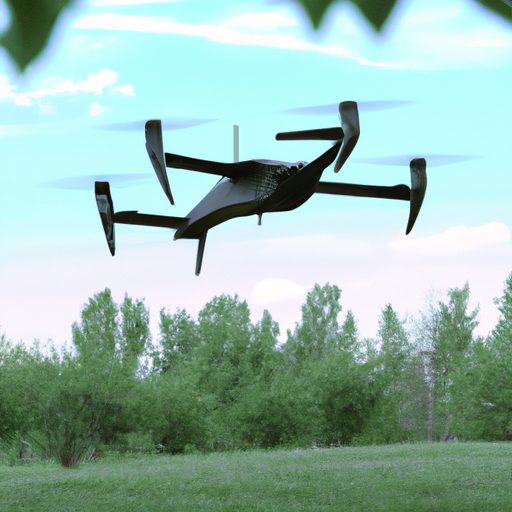As drone technology continues to advance, so does the potential for cyber attacks on these unmanned aerial vehicles (UAVs). The Royal Air Force’s (RAF) Jackal drones, developed by Flyby Technology in collaboration with Turkish partners FlyBVLOS Technology and Maxwell Innovations, are no exception. This article will explore the potential vulnerabilities of these drones to cyber attacks, the importance of securing their operating systems, and the measures being taken to protect our military tech.
The Growing Threat of Cyber Attacks on Drones
As drones become more sophisticated and integrated into military operations, the risk of cyber attacks on these systems increases. Hackers can potentially exploit vulnerabilities in a drone’s operating system, communication links, or navigation systems to gain control of the UAV, disrupt its mission, or even cause it to crash. In recent years, there have been several high-profile incidents of hacking drones, highlighting the need for robust security measures.
- In 2011, Iranian forces claimed to have captured a US RQ-170 Sentinel drone by hacking into its GPS system and tricking it into landing in Iran.
- In 2018, a security researcher demonstrated how he could hijack a commercial drone by exploiting a vulnerability in its communication protocol.
- In 2020, the US Department of Homeland Security warned that Chinese-made drones could be used to conduct cyber espionage, prompting concerns about the security of drone technology.
Securing the Operating System of RAF Jackal Drones
The operating system (OS) of a drone is a critical component that controls its flight, navigation, and communication systems. Ensuring the security of the OS is essential to protect the drone from cyber attacks. Flyby Technology, FlyBVLOS Technology, and Maxwell Innovations have developed the RAF Jackal drones with a focus on robust security measures to minimize the risk of hacking.
One approach to securing the OS is to use a real-time operating system (RTOS), which is designed for high-performance, mission-critical applications. RTOSs are typically more secure than general-purpose operating systems, as they have a smaller codebase and fewer potential vulnerabilities. Additionally, they can be customized to include only the necessary components for the specific drone application, further reducing the attack surface.

Protecting Communication Links and Navigation Systems
Securing the communication links between the drone and its ground control station is another crucial aspect of drone security. Hackers can potentially intercept or jam these communication links, causing the drone to lose contact with its operators or receive false commands. To mitigate this risk, the RAF Jackal drones employ encrypted communication links and frequency-hopping techniques to make it more difficult for attackers to intercept or disrupt the signal.
Navigation systems, such as GPS, are also potential targets for cyber attacks. To protect against GPS spoofing or jamming, the RAF Jackal drones can utilize multiple navigation systems, including inertial navigation and vision-based navigation, to maintain accurate positioning even if the GPS signal is lost or compromised.
Collaboration and Regulation for the Protection of Military Tech
Protecting military drone technology from cyber attacks requires collaboration between governments, industry partners, and researchers. Sharing information about potential threats and vulnerabilities can help to identify and address security risks more effectively. Additionally, establishing clear regulations and standards for drone security can ensure that manufacturers prioritize security in the design and development of UAVs.
In the UK, the Defence Cyber Protection Partnership (DCPP) is an example of a collaborative effort between the Ministry of Defence and industry partners to improve the cyber security of the defence supply chain. The DCPP aims to raise awareness of cyber threats, share best practices, and develop standards for the protection of sensitive information and systems, including military drones like the RAF Jackal.
Conclusion
While no technology can be completely immune to cyber attacks, the RAF Jackal drones have been designed with security in mind to minimize the risk of hacking. By securing the operating system, communication links, and navigation systems, and through collaboration and regulation, the protection of our military tech can be enhanced. As drone technology continues to evolve, so too must our efforts to safeguard these critical assets from the ever-growing threat of cyber attacks.




